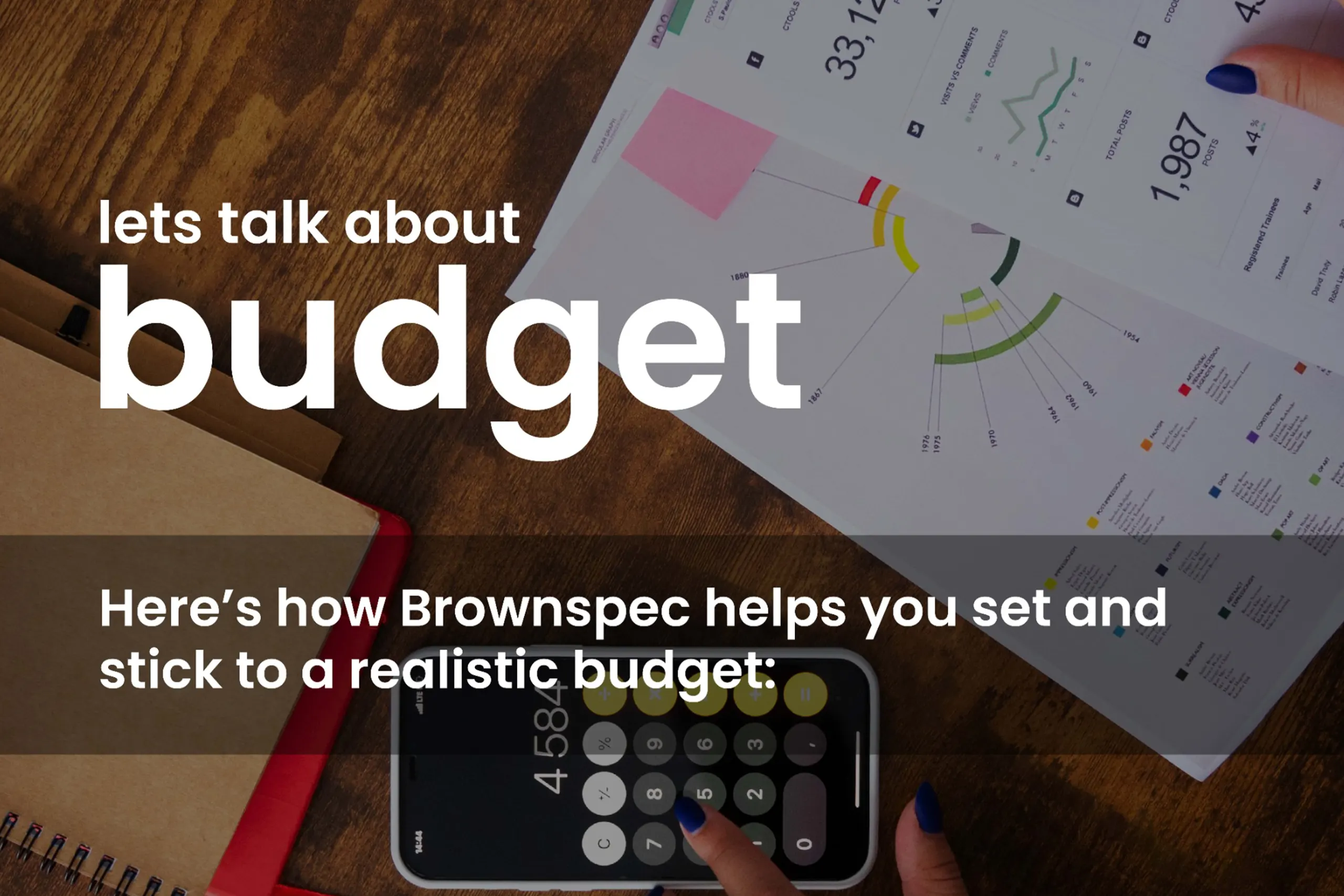The Art of Doing More with Less
Minimalism has become a buzzword in the world of design, yet its true essence often gets misunderstood. For many, minimalism is perceived as “doing less to save more,” but in reality, it’s a strategic design philosophy that combines functionality, elegance, and sustainability.
What Is Minimalism in Design?
Minimalism isn’t about empty spaces or cutting costs—it’s about creating purpose-driven environments that prioritize quality over quantity. It focuses on:
- Intentionality: Every element in a minimalist design serves a purpose. There’s no room for excess or redundancy.
- Simplicity: Clean lines, neutral palettes, and uncluttered layouts define this style.
- Timelessness: Minimalist designs remain relevant and elegant for years, unaffected by fleeting trends.
The Misconception: Minimalism Equals Cheap Design
One of the most common misconceptions about minimalism is that it’s a cost-cutting approach. However, true minimalism often involves:
- Investing in Quality Materials: Minimalist interiors demand durable and visually appealing materials, which may cost more upfront but save significantly in long-term maintenance.
- Efficient Space Planning: Optimizing space ensures functionality without overcrowding.
- Sustainability: By reducing unnecessary consumption, minimalism promotes eco-friendly practices, aligning with today’s global call for sustainability.
Minimalism in Architecture and Interiors
In architecture and interior design, minimalism is a powerful tool for controlling costs—not by compromising but by investing wisely. For instance:
- Durable finishes reduce repair and replacement costs over time.
- Functional layouts eliminate wasted space, maximizing utility and efficiency.
- Quality craftsmanship enhances the aesthetic and longevity of a project, making it a cost-effective choice in the long run.
A Collaborative Approach to Minimalism
For clients, adopting minimalism often involves a mindset shift. It’s our responsibility as designers to educate and guide them, helping them understand that:
- Minimalism is not about spending less but spending smarter.
- Quality materials and thoughtful design lead to long-term savings and satisfaction.
- The result is a space that exudes elegance, functionality, and lasting value.
Why Choose Minimalism?
Minimalist design is more than a trend—it’s a lifestyle choice that reflects mindfulness and clarity. It creates spaces that inspire calmness and focus, blending seamlessly with the needs of modern living.
At its core, minimalism teaches us the art of doing more with less. It’s about enhancing the essence of a space, not by adding, but by refining.
What are your thoughts on minimalism? How do you balance functionality, aesthetics, and cost in your designs?




